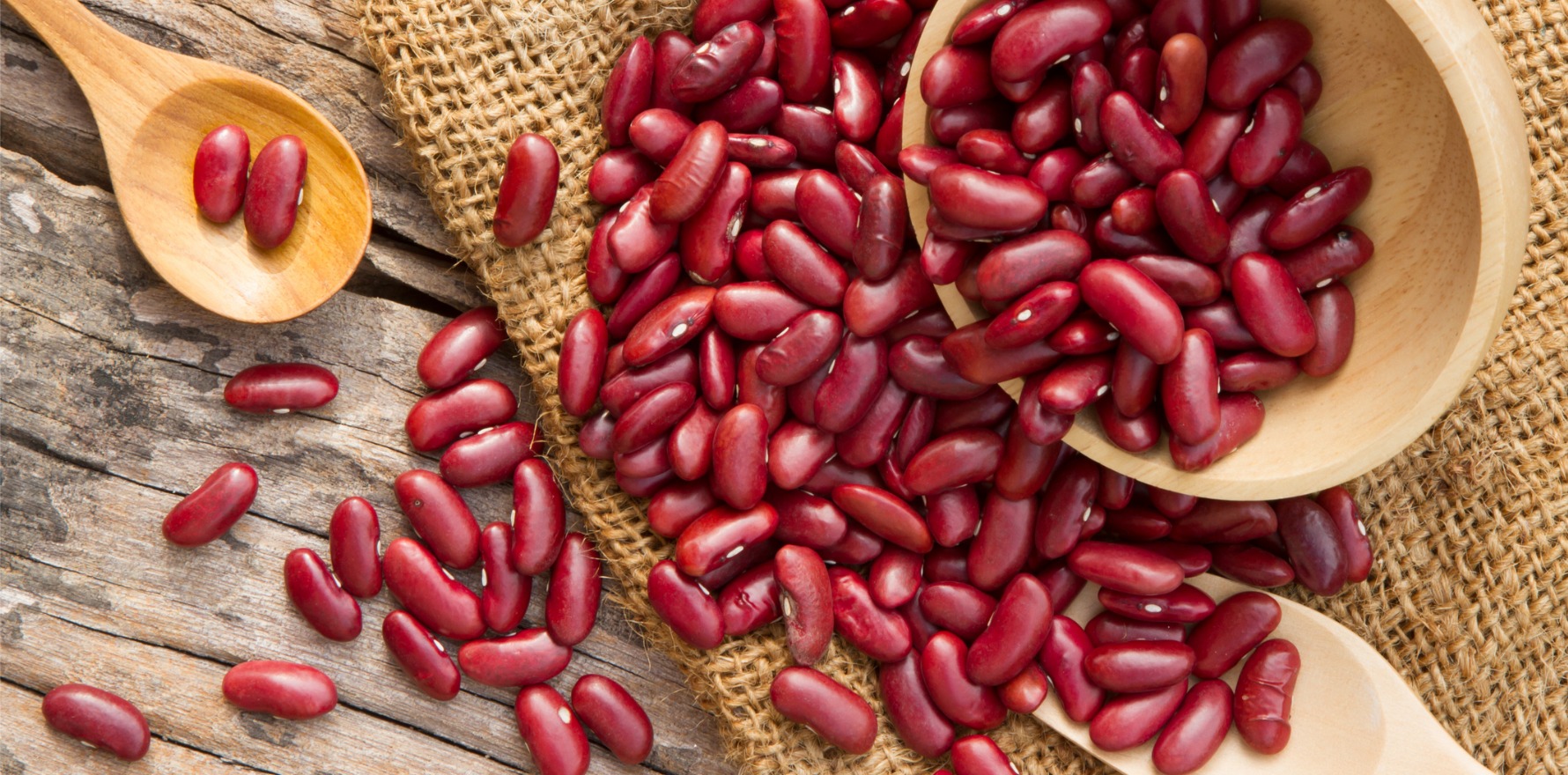A new report from the AIHW has put the spotlight on chronic kidney disease rates in Australia
The number of Australians receiving kidney replacement therapy more than doubled between 2000 and 2020, a new report has revealed.
And a leading Australian researcher and nephrologist says the numbers highlight the importance of early diagnosis and proactive treatment for chronic kidney disease (CKD).
The Australian Institute of Health and Welfare report, Chronic kidney disease: Australian facts showed that kidney replacement therapy rose from 11,700 patients in 2000 to 27,700 in 2020.
More than half of the 27,700 patients undergoing therapy in 2020 were on dialysis (53%) and the remaining 47% had functioning kidney transplants that required ongoing follow-up care.
Dialysis was the most common reason for hospitalisation in Australia in 2019–20, with around 1.5 million hospitalisations (accounting for 14% of all hospitalisations in Australia). Each dialysis treatment is recorded as a hospitalisation, with most people undergoing three dialysis treatments per week, said AIHW spokeswoman Miriam Lum On.
“A total of 885 kidney transplant operations were performed in Australia in 2020, with nine in 10 being for first time recipients,” she said.
“Of all transplanted kidneys, 704 [80%] were from deceased donors and 181 [20%] were from living donors.”
Professor Vlado Perkovic, dean of medicine and Scientia professor at UNSW, told The Medical Republic the report was an eye-opener.
“That’s a good news story, having more transplants available in the community is a great thing,” said the Sydney nephrologist and professorial fellow at The George Institute.
“Having people live longer with their transplants and having transplants survive for longer is a good thing. So partly this is that we’ve got better at transplanting and keeping transplants going so that’s great.
“But the other element, which is not so great is that we’ve gotten more people developing kidney failure, and there are a range of reasons for that.”
Professor Perkovic said probably the single most important driver for rising kidney failure has been the growing rates of diabetes and diabetic kidney disease, as well as high blood pressure.
“We really haven’t made the sort of inroads that we can with the treatments we’ve got available for high blood pressure so there’s some work for us to do with that,” he said.
“And with an ageing population, because you’ve got longer to lose kidney function, the risk of kidney failure also potentially goes up a little bit. So that’s perhaps a minor contributor, but the major driver here is diabetes and probably obesity.”
Professor Perkovic said identifying CKD early was key to a good prognosis, and there were more treatments available than ever before.
“We’ve made substantial progress over the last few years in kidney disease at identifying treatments that can protect kidney function in ways that we frankly wouldn’t have believed possible just a few years ago,” he said.
“We know about how important it is to control blood pressure to use ACE inhibitors or angiotensin receptor blockers [ARBs] in people with chronic kidney disease to protect the kidneys and those things are important and make a difference.
“Over the last few years, there have been new classes of diabetes drugs, the SGLT2 inhibitors demonstrated that you can dramatically reduce by more than a third the rates of kidney failure and people with diabetic kidney disease.”
He said he had been involved in one of these trials, and has been involved in the publication of a number of journal articles on the use of SGLT2 inhibitors for the prevention of kidney failure in patients with T2D, including a systematic review and meta-analysis in The Lancet Diabetes Endocrinology in 2019, and a review article in Nature Reviews Cardiology in 2020.
He said other research had showed that SGLT2 inhibitors were also effective in people with kidney disease who didn’t have diabetes.
“So now we’ve got this class of drugs available to us, which is very powerful at protecting the kidneys,” he said.
“And more recently, there’s another class of drugs, the mineralocorticoid receptor antagonists, which also have benefits in protecting the kidney. So from having one arrow in the quiver, we’ve now suddenly got multiple tools available to us that we can tailor to protect people’s kidney function and I think we should be able to change the trajectory.
“Going forward, I’d like to see the number of people developing kidney failure reduced by at least a third. And I think we’ve got the tools to allow us to do that. We’ve got to get organised and deliver it now.”
Another significant finding of the AIHW report was the impact of the covid pandemic on kidney transplant activity, said Ms Lum On.
“The covid-19 pandemic substantially impacted organ donation and transplantation activity in Australia,” she said.
“Pauses in transplant surgery particularly affected those with chronic kidney disease, as more than half of transplanted organs are kidneys.”
In response to covid restrictions in Australia, adult kidney transplant programs were suspended from 24 March 2020 to mid-May 2020. This resulted in an 18% drop in the number of kidney transplants from deceased donors in 2020 compared with 2019 (704 and 857 transplants, respectively).
There was a further decrease of 6.8% in 2021 compared with 2020 (656 transplants).
Donations from living donors are classified as elective surgery and pauses in elective surgery affected the number of transplants from living donors. There was a 24% drop in living kidney donors in 2020 (182 donors), while in 2021, the number of living kidney donors rose by 12% (202 donors) from the previous year.


